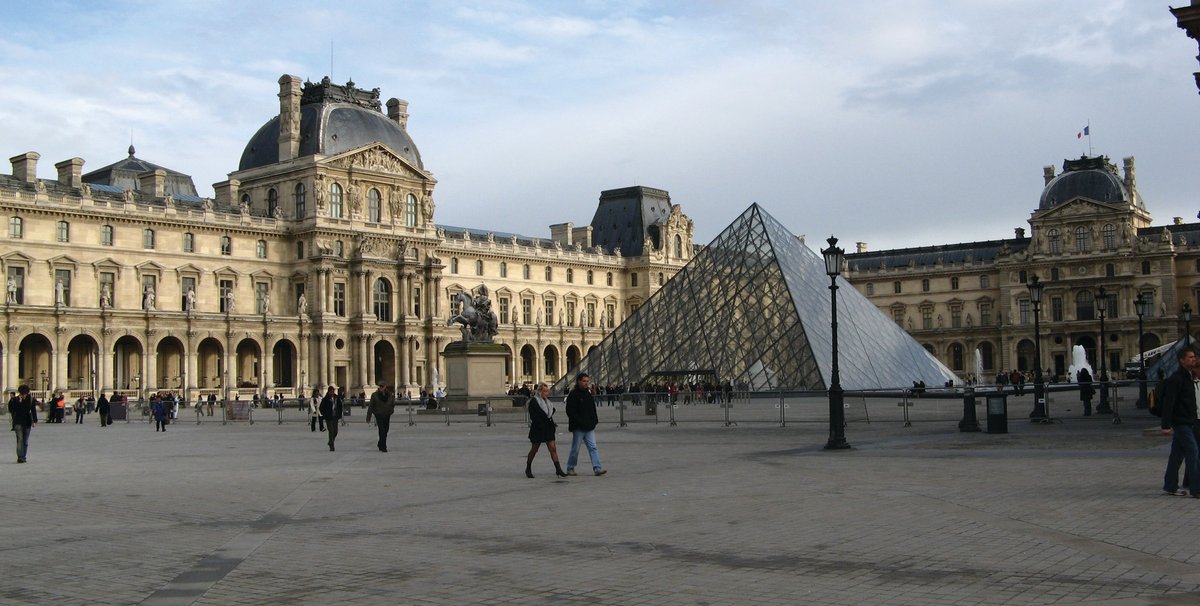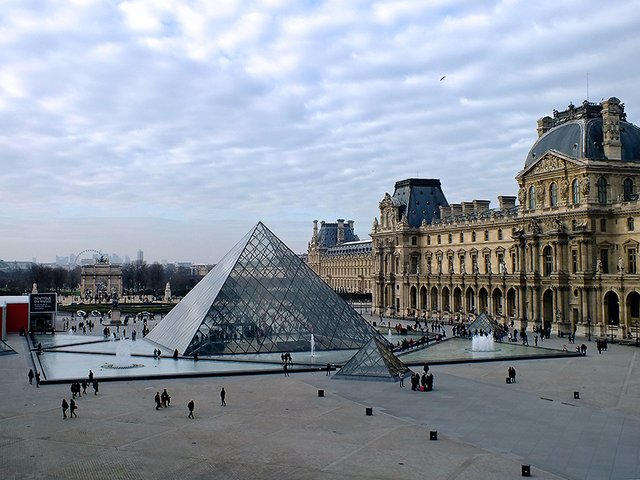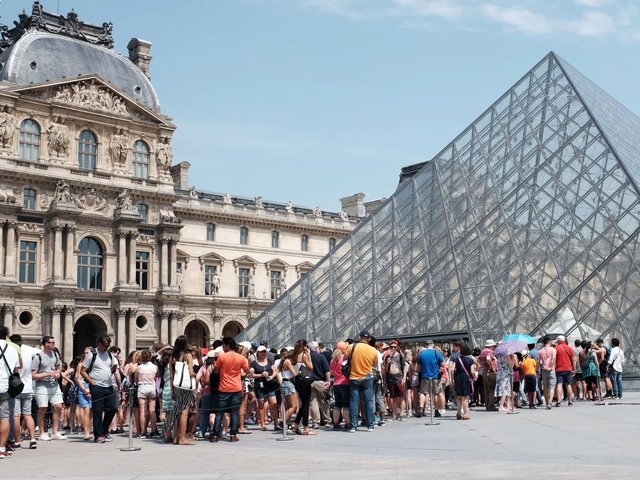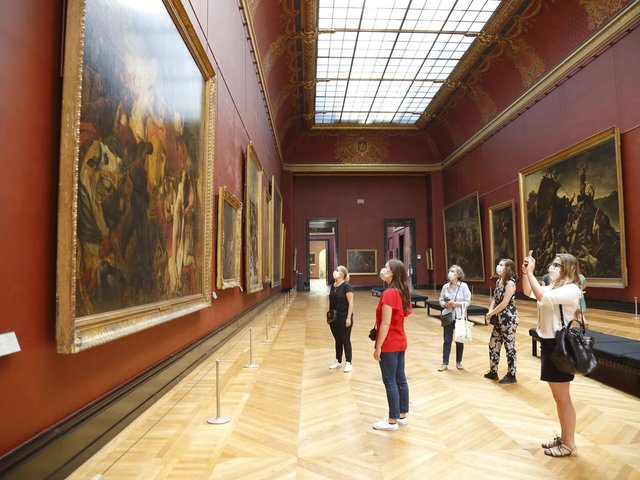The Louvre has announced that its total attendance in 2016 fell to 7.3 million. This compares to its record attendance of around 9.3 million only two years ago, when the museum projected visitor numbers could rise to 12 million by 2025. The Louvre attributed the decline to the fall in foreign tourists visiting Paris in the aftermath of terrorist attacks in 2015 and 2016. It is likely to remain the world's most visited art museum in The Art Newspaper's annual survey: the British Museum in London attracted 6.8 million visitors in 2015, placing it second to the Paris museum.
The director of the Louvre, Jean-Luc Martinez, told the radio station Europe 1 that 18% fewer Americans, 31% fewer Chinese and 61% fewer Japanese visited the museum last year.
Around a third of the Louvre's visitors are French, and the number who came last year has remained stable, at around 2 million despite a dip in school visits in the immediate aftermath of the attacks.
The museum closed to the public for four days in early June when the river Seine threatened to burst its banks, which also affected visitor numbers.
Improvements to the entrance hall under the I.M. Pei-designed glass pyramid, which were completed last summer, helped boost visitor satisfaction levels, however. Around 70% of the Louvre's visitors said they were "very satisfied", up from 53% in 2015.
The Centre Pompidou, which celebrates its 40th birthday this year, saw a slight increase in its attendance in 2016, up 9% to around 3.3 million. Of those around 60% were from France, many from the region around Paris, so the institution was not as affected by the fall in international tourism to the city.





